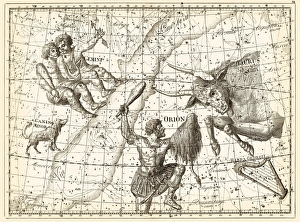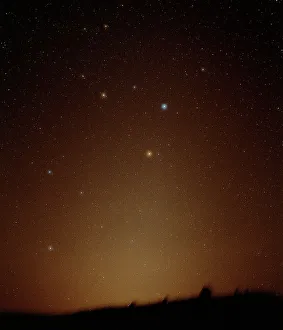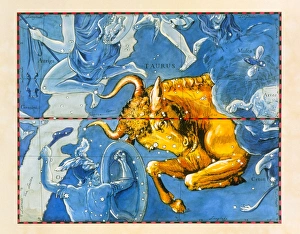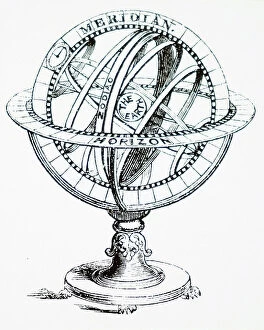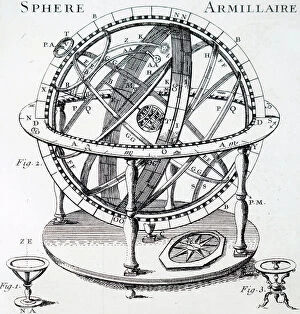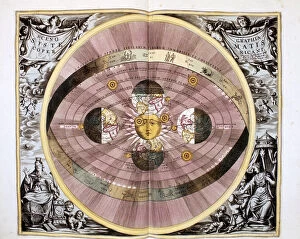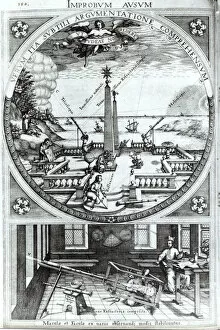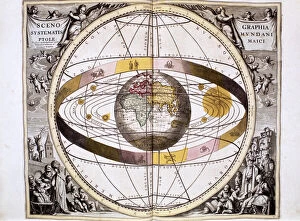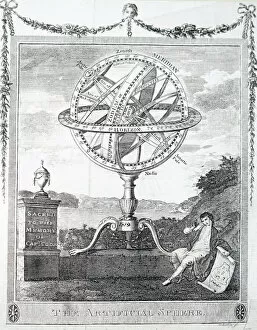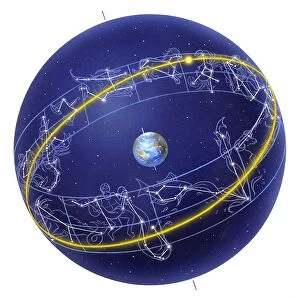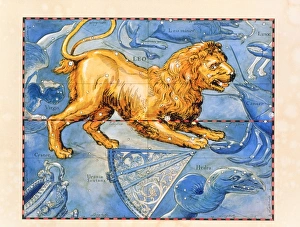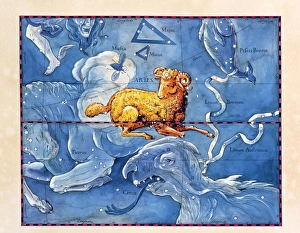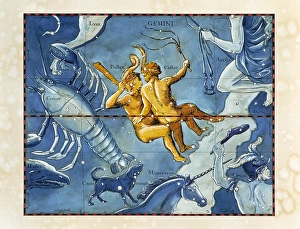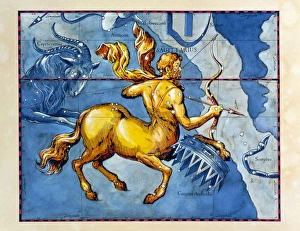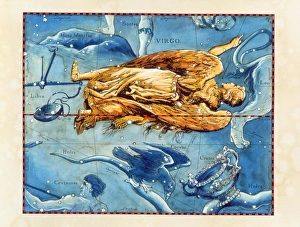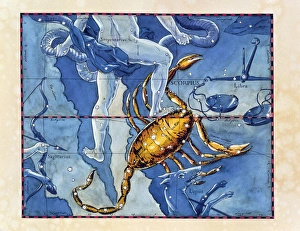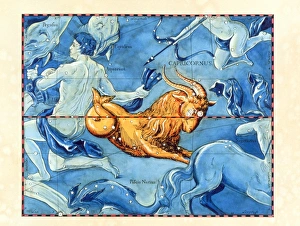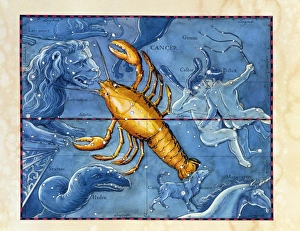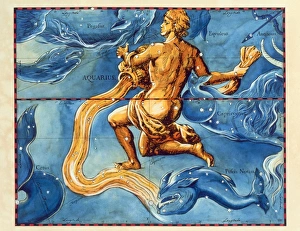Ecliptic Collection
The ecliptic, a term derived from the Greek word "ekleipsis" meaning "abandonment, " is an essential concept in astronomy
All Professionally Made to Order for Quick Shipping
The ecliptic, a term derived from the Greek word "ekleipsis" meaning "abandonment, " is an essential concept in astronomy. In the Copernican system of the Universe, which was introduced in 1708 by Nicolaus Copernicus, it represents the path that the Sun appears to trace across our sky throughout the year. This revolutionary heliocentric or Sun-centered model replaced the Ptolemaic geocentric or Earth-centered system. One can observe this celestial phenomenon through various methods, as illustrated by Rosa Orsina's work on sunspots in 1708. Johann Dryander also contributed to our understanding of celestial movements with his colored engravings depicting armillary spheres and annulorum. These instruments were crucial for visualizing and studying astronomical phenomena during that era. The ecliptic plays a significant role in astrology as well since it intersects with twelve zodiac constellations along its path. The Zodiacal Light, believed to be sunlight reflecting off meteoric dust aligned with the plane of the ecliptic, adds another layer of intrigue to this cosmic spectacle. To further comprehend these intricate concepts, one can explore celestial globes like C017 / 3444 and artwork such as C017 / 0756 showcasing zodiac constellations. By delving into these representations and historical records, we gain insight into humanity's evolving knowledge about our place within the vast expanse of space.

